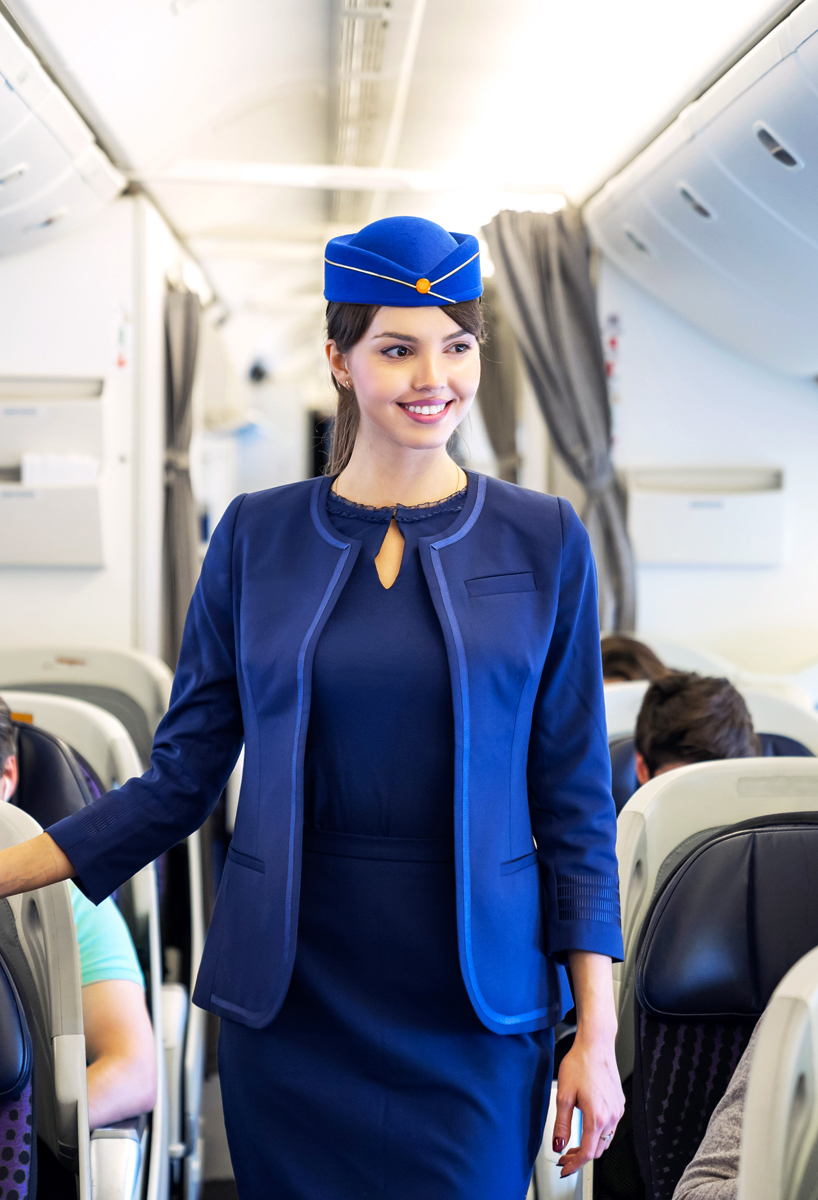The late 1950s marked the beginning of what many consider the “golden age” of air travel. It was the dawn of the jet era, and as passenger jets took to the skies for the first time, they cut the time it took to fly from New York to London in half. A lot has changed since then. Many of the changes are for the better, particularly the heightened safety standards and greater affordability, yet many travelers find themselves nostalgic for a seemingly more glamorous era in the skies — one without the long security lines, cramped seats, and sneaky extra fees. But was flying back then all it was cracked up to be? Go back in time to discover five things we used to see on airplanes that we no longer do.
Gourmet Meals Plated Next to Your Seat
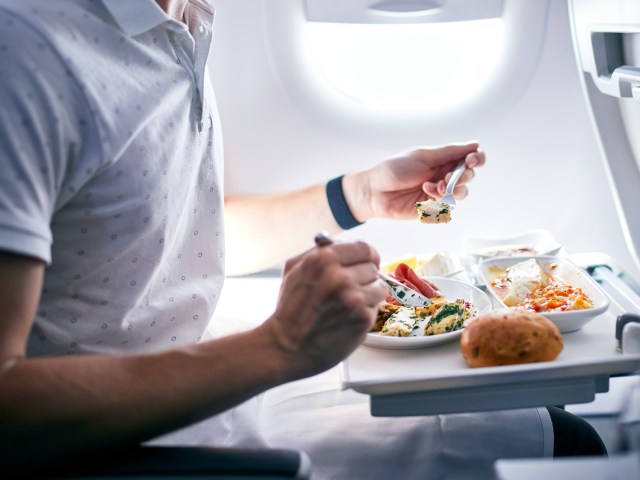
Before the Airline Deregulation Act of 1978, the federal government set airfares and decided which airlines were allowed to fly which routes in the United States. Since airlines couldn’t compete on price, they competed for customers in other ways, most notably with onboard service and amenities. Back then, it was typical to find free-flowing Champagne served in real glassware alongside multicourse gourmet meals — think lobster, caviar, prime rib carved tableside and served on fine china. Airlines such as Pan Am even went so far as to convert the entire upper deck of their Boeing 747s into a “restaurant in the skies” for first-class passengers.
Flight Attendant Fashion Shows

Airlines also distinguished themselves when it came to onboard style. Uniforms for flight attendants, who were overwhelmingly female, became a marketing tool used to appeal to male travelers. In 1964, advertising executive Mary Wells Lawrence worked on a rebranding campaign for Braniff International Airways, dubbed the “End of the Plain Plane.” Other airlines, following Braniff’s approach, began introducing uniforms with pops of colors and bold prints by fashion designers such as Emilio Pucci and Jean Lewis. And it wasn’t just the flight attendants who dressed to impress: Passengers during this era dressed to the nines, as flying was still a rarefied experience.
In-Flight Smoking
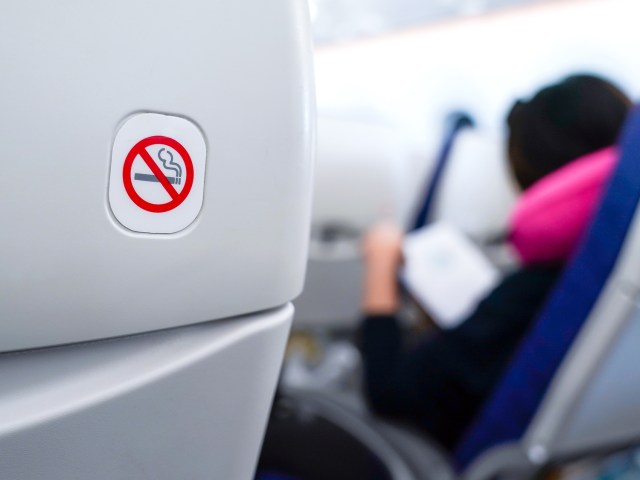
In those days, smoking was the norm in society, and it was no different in the sky. While smoking was discouraged when the plane was on the ground (for fear of igniting fuel fumes), passengers were free to smoke cigarettes, pipes, and cigars while in the air. In 1973, the federal government mandated smoking and nonsmoking sections on airplanes, but as one might imagine, smoke easily traveled from one section to the other. While some airlines introduced their own nonsmoking policies earlier, it wasn’t until 2000 that the U.S. federal government finally banned smoking on all international and domestic flights.
Ample Room to Spread Out
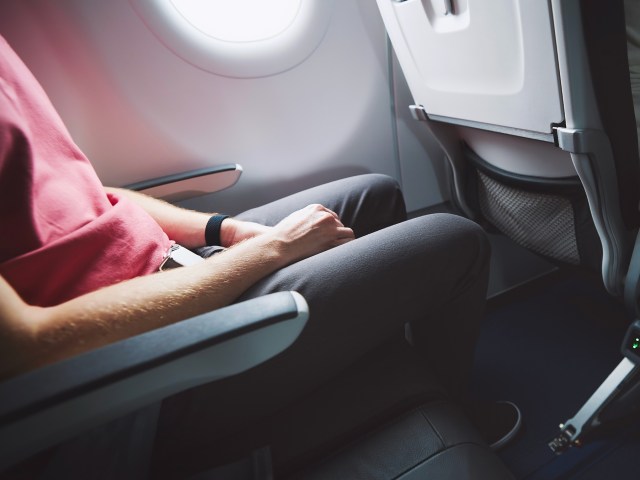
Today, the average legroom in economy class is around 30 to 31 inches on U.S. airlines, but in the 1960s and 1970s, legroom in economy class was similar to what you might find in business class today. Plus, first-class passengers could make use of decadent onboard lounges — and even piano bars — to socialize and pass the time. (That was perhaps a welcome feature before the advent of in-flight movies and smartphones.) Today, you’ll still find a few such spaces on airplanes, but they’re a rarity — reserved only for the top-paying customers on a handful of airlines such as Emirates and Virgin Atlantic.
Higher Airfares (and Longer Travel Times)
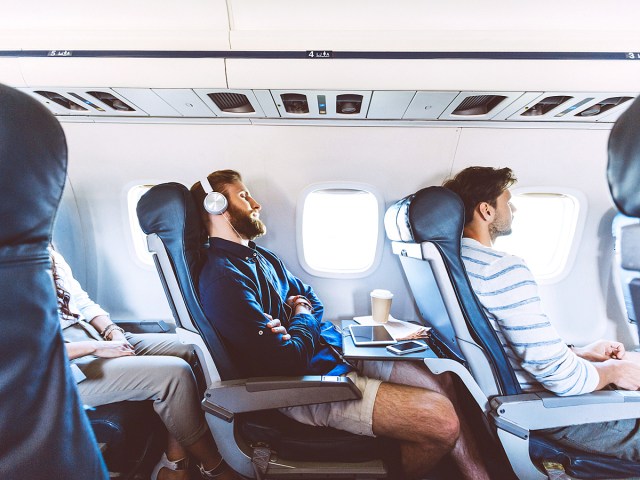
Flying in the mid-20th century may have been more glamorous, but it certainly didn’t come cheap. According to a study by Compass Lexecon, in 1941 the average airfare from Los Angeles to Boston was over $4,500 in today’s dollars, compared to $480 for the same route in 2015. Not only that, but the average travel time was more than 15 hours, including 12 stops along the way.
After the Airline Deregulation Act, new low-cost carriers such as Southwest Airlines exploded in popularity in the U.S., and the increased competition drove down airfares. In the “golden age” of air travel, flying was an experience available only to the exclusive few with means to afford it, but since then it has become much more accessible. At the dawn of the jet age, some 57 million passengers took to the skies, but that number rose to a whopping 4.5 billion in 2019. Plus, thanks to advancements in aircraft technology, planes can now fly much faster and farther, opening up hundreds of new route pairings that simply weren’t possible before.
More from our network
Daily Passport is part of Inbox Studio, which publishes content that uplifts, informs, and inspires.






